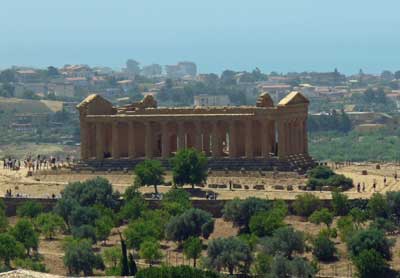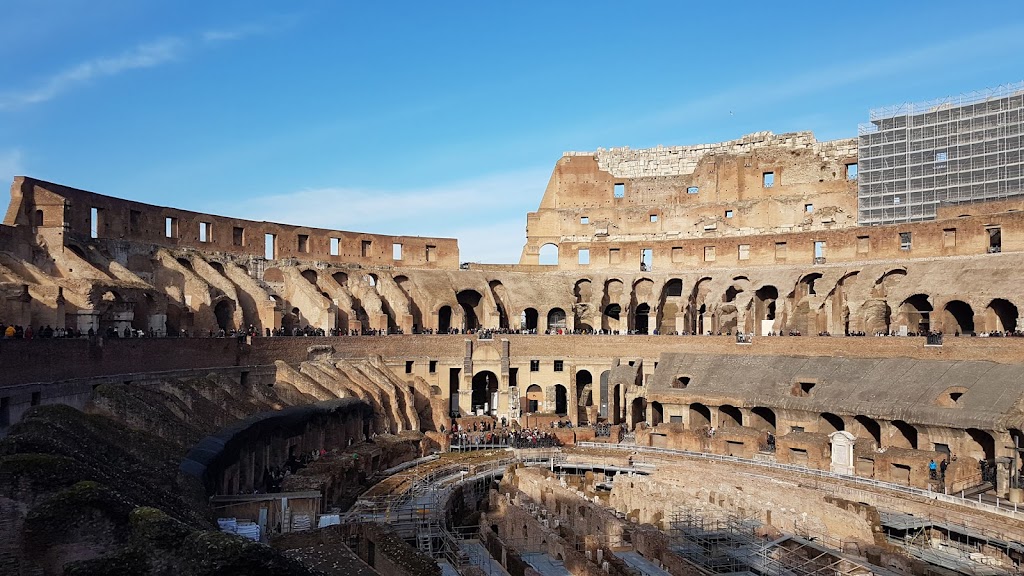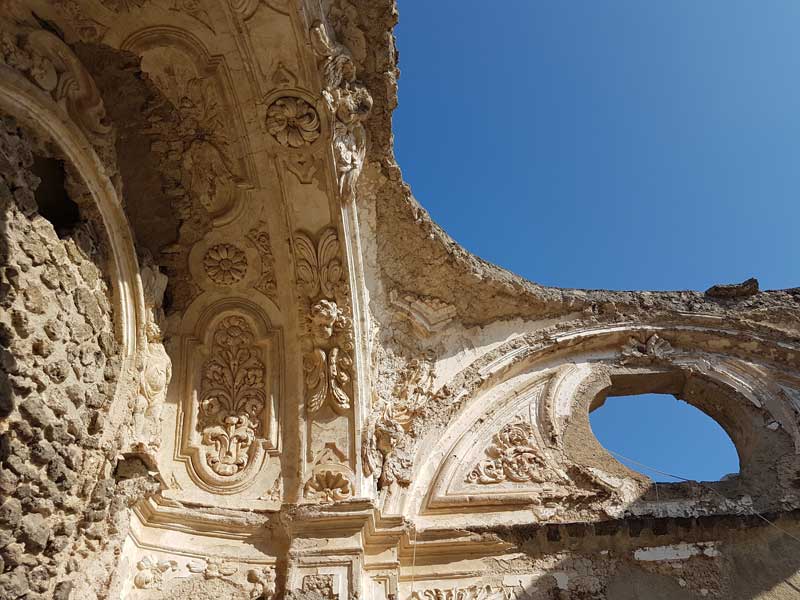History of Italy
History is everywhere in Italy, steeped into the surroundings and the consciousness of the country to a degree that can amaze those from other lands.
The first major civilisation to have left its remains for modern tourists to admire was that of the Etruscans. Perceived nowadays as a ‘mysterious’ people, as we know relatively little about them, the Etruscans were a sophisticated people who traded throughout the the Mediterranean from their base in Central Italy. Their carefully-constructed, highly-decorated cities of the dead can be visited in Tuscany and Lazio.
While the Etruscans thrived to the north, the Greeks occupied the southern tip of Italy, which became known as Magna Graecia (Magna Grecia in Italian). Impressive Greek temples still stand at the sites of some of their former colonies in Sicily and other parts of the south.

Dislodging both the Etruscans and the Greeks, a small kingdom from near the sea in the centre of Italy began increasing in power. From relatively humble beginnings (later elevated into romantic mythology), ancient Rome took control of most of the known world.
When it outgrew its kings, Rome became a Republic, and following that, an Empire. Extensive traces of the Roman Empire can be seen through Europe, the Middle East and Africa, but there can be little to compare with the power of seeing the ruins of the Forum in Rome, the heart of all that power, glory and myth.

When Rome crumbled, and invaders overran Italy, much of the Empire’s infrastructure and constructions were destroyed. Some remained, to be incorporated into later kingdoms and palaces. The are we now know as Italy embarked on a period of internal warfare and unrest that lasted almost until the present day. Medieval struggles between Popes, Emperors and Kings were followed by power struggles between families, and the rivalry of city states. Along the way came the Italian Renaissance (Rinascimento), when a combination of powerful patrons and talented artists resulted in some of the world’s greatest works of art.
Modern Italy didn’t begin to take shape until the 19th Century, when Napoleon fleetingly became ruler, before the country was divided again by the Congress of Vienna. A nationalist uprising led by Garibaldi led finally to the creation of a united Italy, and Vittorio Emmanuele II was declared King of Italy. The monarchy lasted until the Second World War, when Mussolini and his Fascist party involved Italy on the side of Germany. After the downfall of Mussolini and the end of the war, Italy was ready for a change, and in 1948 the Republic of Italy was established.
On this site
Find and book hotels in Italy. With location maps and guest reviews.
Useful information about Italy
Useful links & books
